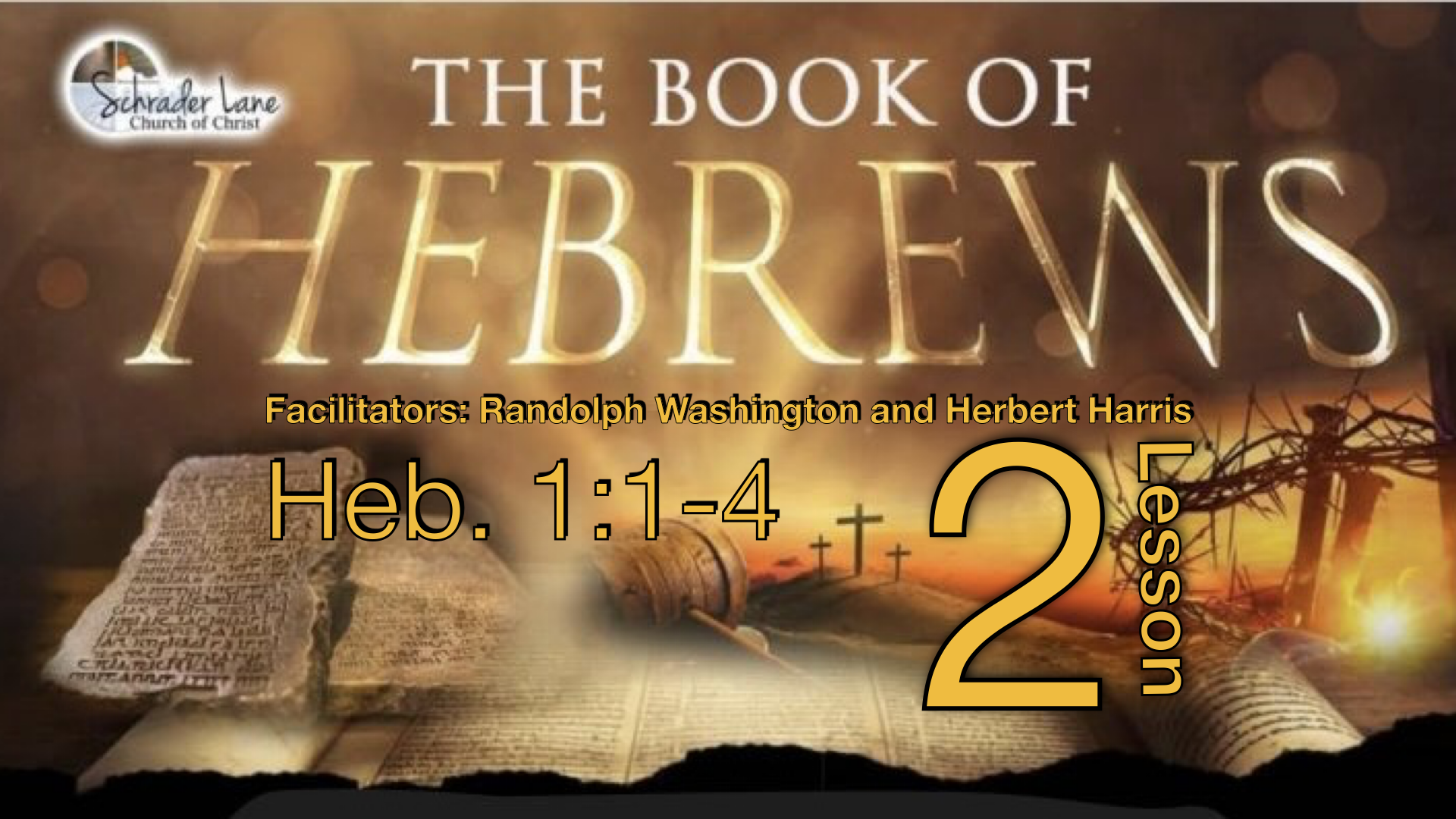Overview
This lecture focused on key background, terms, and theological concepts in the Book of Hebrews, including church history, authorship theories, biblical periods, definitions, and how God communicates with humanity.
Historical Background of Hebrews
- The gospel took about 10 years to spread outside Jerusalem after the church’s formation.
- Caesarea was a significant early site where Peter met Cornelius.
- For the first 30 years, Jews could practice both Judaism and Christianity.
- Around 30 years after the church’s founding, the divide between Christianity and Judaism grew, leading to persecution, especially under Nero.
Authorship and Purpose of Hebrews
- The author of Hebrews remains unknown; possible candidates include Paul, Barnabas, and Apollos, but these are all theories.
- The primary purpose was to encourage Christians not to abandon their faith and return to Judaism but to remain steadfast in Christianity.
- The term "Judaizers" refers to Christians insisting that converts adopt Jewish customs, such as circumcision.
Key Biblical Periods and Terms
- Three major biblical periods: Antediluvian (before the flood), Post-Diluvian (after the flood to Jesus’ ascension), and "Last Days" (from the church’s establishment until Christ’s return).
- Post-Diluvian characteristics: shorter lifespans, introduction of animal flesh in diet, and the sanctioning of capital punishment.
Important Terms and Definitions
- Radiance: Jesus shares the same divine nature as God, similar to how the sun emits light (not just reflecting, like the moon).
- Angels: Messengers of God, supernatural and spiritual but not divine; they are stronger than humans and serve God’s purposes.
- Apostasy: Willful rejection or abandonment of faith in Christ.
- Forefathers/Patriarchs: Founders of Israel’s tribes before Moses (Abraham, Isaac, Jacob, and Jacob’s sons).
- Prophet: Appointed by God to deliver messages to His people; never self-appointed.
- Majesty: God’s inherent greatness, splendor, and authority that inspires awe and reverence.
- Scepter: Symbolizes divine authority and legitimate rule.
- Righteousness: Living according to God’s standard of holiness and uprightness.
God’s Communication with Humanity
- God spoke in the past through prophets via various means (voices, visions, angels, dreams).
- In the "last days," He communicates through His Son, as revealed in scripture.
- The Holy Spirit brings scriptural truths to remembrance, guiding Christians today.
- Claims of personal divine revelation should be carefully examined against scripture.
Key Terms & Definitions
- Judaizer — A Christian insisting gentile converts must adopt Jewish laws first.
- Apostasy — Willful abandonment or rejection of one’s faith in Christ.
- Patriarch/Forefather — Tribal head or ancestor of Israel before Moses.
- Prophet — One chosen by God to deliver His message.
- Majesty — God’s supreme authority and splendor.
- Scepter — Symbol of divine or royal authority.
- Righteousness — Holiness and uprightness according to God’s standard.
- Radiance — Jesus’ sharing of the same divine nature as God.
Action Items / Next Steps
- Read Hebrews chapter 1 for deeper understanding and discussion preparation.
- Study the listed key terms and biblical periods.
- Optional: Research "reticular activator" for insight into how human brains process experiences and memories.
Hebrews 1:1–4 — Lesson 2
Choose a mode and theme. Click Start Quiz to begin.
“Long ago, at many times and in many ways, God spoke to our fathers by the prophets, but in these last days he has spoken to us by his Son…” — Hebrews 1:1–2 (ESV)
Mode
Lesson 2 Quiz
Mode: Comprehension
0/0 answered
Correct: 0
Loading…
Your Results
0 / 0
Great effort!
Copied to clipboard
Christ’s Supremacy is set up in Hebrews 1:1-4. As the Hebrew writer encourages against Apostacy.

